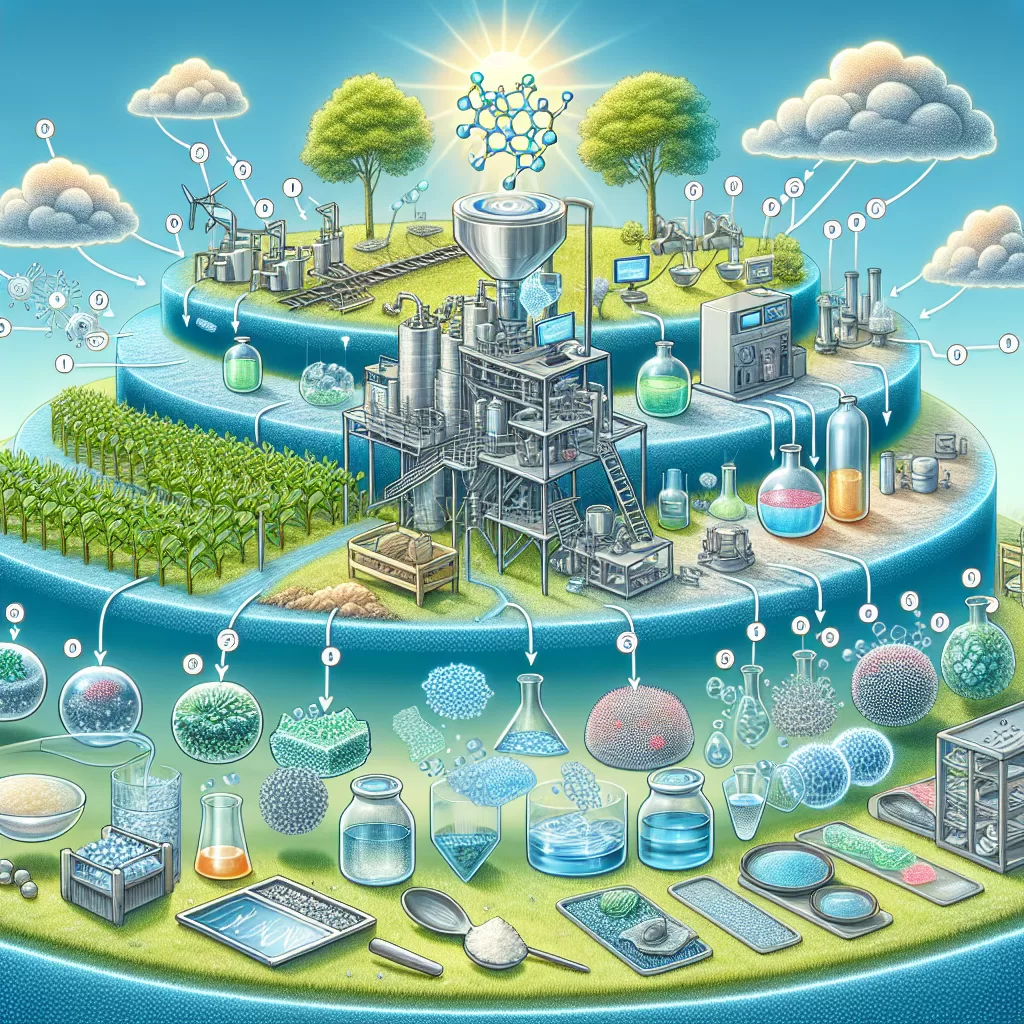Significantly, this breakthrough holds immense potential for advancing tissue engineering, bioadhesive development, and 3D bioprinting technologies. By providing a safer and more sustainable means of hydrogel production, researchers can accelerate progress in these critical fields while minimizing environmental impact and aligning with global sustainability goals.
The implications of this ultrasound-driven approach are far-reaching. It promises to revolutionize the way we create and utilize hydrogels, promoting responsible manufacturing practices and addressing the growing demand for environmentally conscious materials in various industries.
As scientists continue to explore the vast possibilities of this innovative technology, it represents a significant step towards a more sustainable future, where cutting-edge materials can be produced without compromising environmental integrity.

